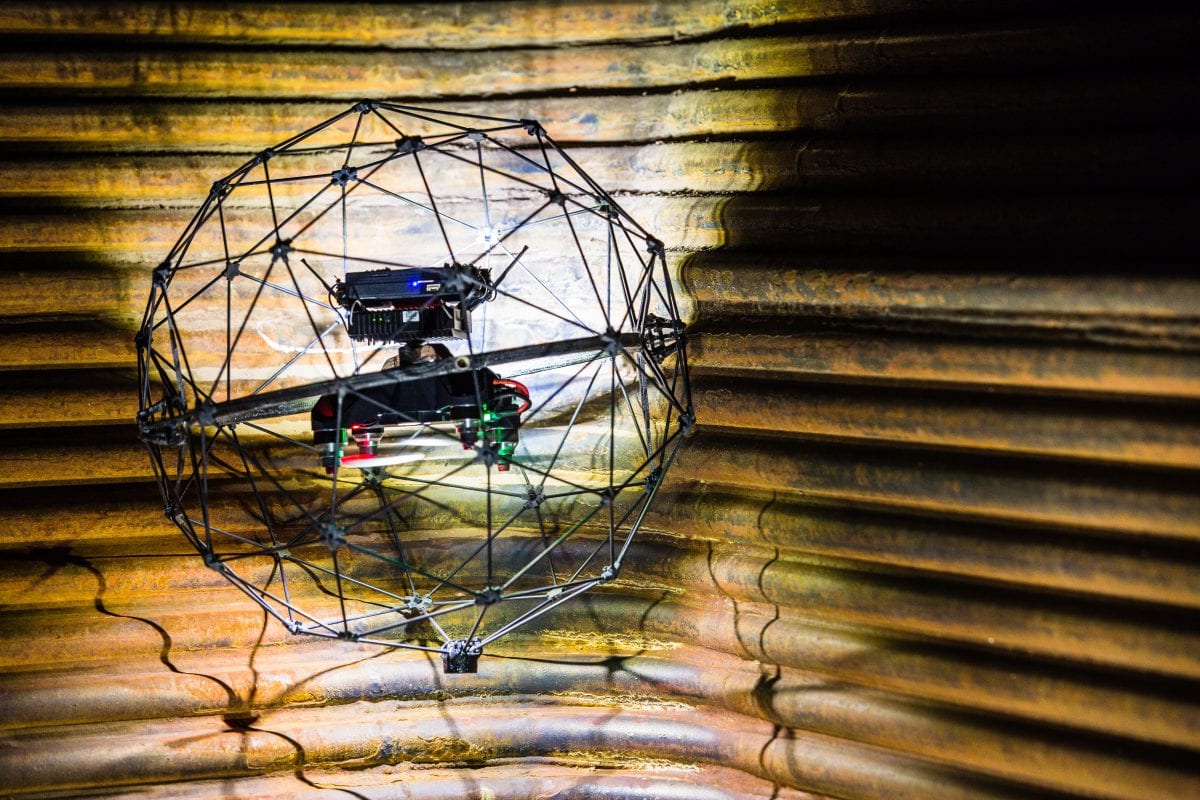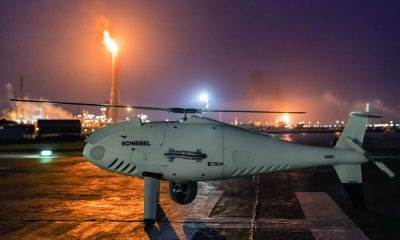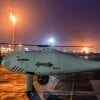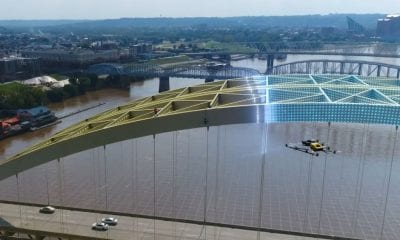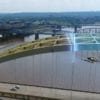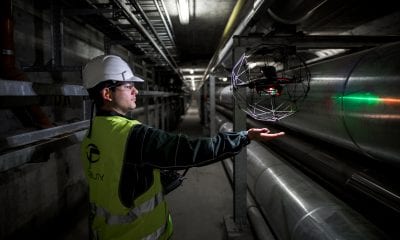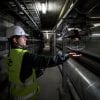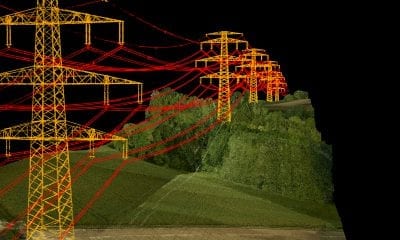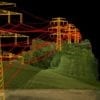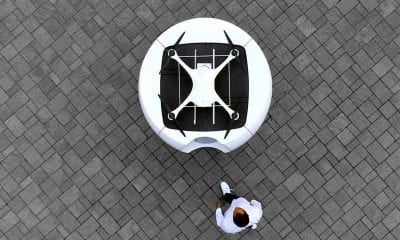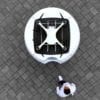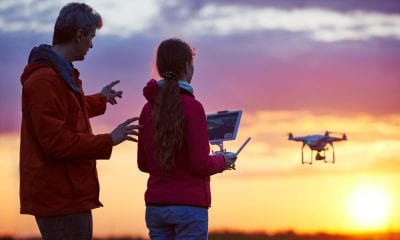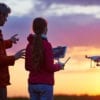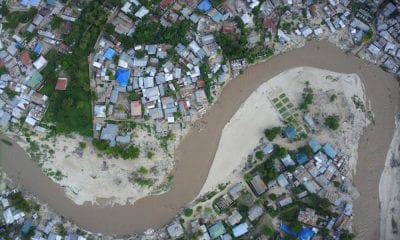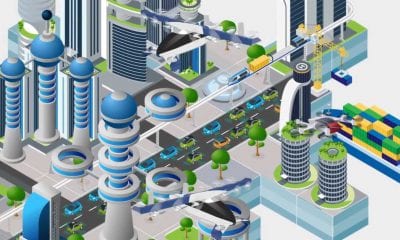Drone Hive
Asset Inspection Drones
Today the modern world we live in is more or less completely reliant on technology. Fuel and raw material are mined at large mining facilities, materials are transported by a number of means such as trucks, containers, planes, ships and trains, all of which often making use of autonomous technologies.
Now at each mining facility, at each plant or factory, at each storage area; the material and equipment is continuously or periodically inspected. This inspection is called asset inspection. While we may have developed a lot of different ways to ease asset inspection like using sensors and cameras near the equipment and developing control rooms that can control entire plants; workers and engineers at factories and plants are still exposed to the risk and the cumbersome task of accessing and analyzing products and equipment by themselves; a task that can be taken over, or at least made a lot more convenient to perform, using drones.
Let’s understand more.
Challengers Involved With Asset Inspection
There are certain challenges to be faced with traditional means and methodology of asset inspection; although a number of challenges are being overcome with modern technologies such as live tracking and automatic correction.
Inside Barcelona’s Sewer System: Drone Inspection Is the Best Response to an Environment Emergency – Elios was used to complete the inspection of a damaged section of sewer infrastructure in Barcelona, Spain. Learn more about sewer inspection with dr… – https://t.co/ykAgPPwOrd
— Flyability (@fly_ability) August 24, 2018
Problems associated with asset inspection include;
Time constraints
It is not always viable to shut down a process like the packaging of soap bars when a deadline is to be met and a certain amount of the product has to produced within a timeline; so the problem may persist and expand, harming different components and getting more and more difficult to solve.
Safety and health hazards
It is not always a good idea to inspect equipment that is creating a lot of dust, gas or hot breeze or may have components just about to collapse by people. Workplace injuries as well as long-term health hazards like skin diseases are common with asset inspectors and workers.
Accuracy and cost
An accurate asset inspection would require a hefty expenditure of time as well as cost. For example, having bags of a fertilizer inspected manually before they are dispatched can cost a lot for a decent, accurate inspection. However, weighing the bags automatically while they are sliding down a conveyor belt and testing for leakage using cameras is far more efficient and is a non-traditional means of asset inspection which is currently being practiced by a majority of the companies producing packaged goods.
How Drones Can Help
Let us start with an example, a certain mill, that is used to grind cement in a cement factory is making a strange noise; this noise may have been observed by workers or picked-up by some sensors or microphones. When this happens, the mill would have to be shut down, opened up so people can enter it to observe what is causing the noise and then the problem is analyzed and ultimately solved.
The task being done with drones can eliminate a lot of the hassle that has to be bared, making the task itself extremely convenient in comparison.
A drone can be easily equipped with a microphone, a camera and pressure or vibration sensors. This drone can observe the noise and send the recorded noise to a library containing different sounds; thereby easily recognizing the noise and decide which fault or malfunction it is associated with, effectively doing the job of an experienced technician or even an engineer.
Having hypothesized the cause of the noise or malfunction. The drone can verify its decision; it could move to the component causing the problem, like a fan or a filter, and visually observe if there is any behavior out-of-order. If confirmed, the drone can send feedback to its program or library to look for the solution programmed in to the drone by some experienced engineer.
When the solution is found, the drone would then send feedback to an engineer or a technician to instruct the workers to solve the problem at the relevant component along with instructions and steps to follow.
The drone has now effectively addressed all of the challenges faced with traditional means of asset inspection; it got the job done faster, safer and cheaper.
Benefits of Drone-Based Asset Inspection
Drones certainly do help a lot with asset inspection; so let us look at the obvious benefits of employing drones as asset inspectors:
Collection of in-depth data
Drones are able to reach places where inspection team would rather not reach unless it is absolutely necessary due to some serious losses. Drones can easily access components inside the equipment used and analyze the said components for any malfunction.
Convenient deployment
While traditional asset inspection may deploy inspectors and workers constantly watching and checking packaged products, it can be a hassle when it comes to inspecting elements that aren’t inspected continuously. Drones can be sent conveniently to check any component anywhere in a factory or plant at any time.
Reduces downtime
Most manual inspections require shutting down equipment or systems to avoid damage or injuries to the inspection personnel. However, drones can safely inspect complex systems, such as wind turbines, radars, communication towers and other infrastructure, while they are operating. This means that inspection does not interfere with services or production.
Limitations of Drone-Based Asset Inspection
Drones solve all challenges involved with traditional asset inspection. Sounds too good to be true, doesn’t it? Well, it isn’t.
While drones may address a multitude of problems involved with traditional asset inspection, they cannot be readily used and require a lot of expertise and modifications to be utilized for asset inspection.
Inadequacy of tools
While drones may be able to reach components or equipment normally inconvenient to reach, they do not have the tools or equipment to fix the problems that they inspect; or in certain cases, tools to inspect certain malfunctions or conditions.
A drone, for example, cannot inspect the balancing of a rotating shaft and quantify any imbalances or vibrations because certain sensors are required to test the balancing of a shaft and vibration sensors are used to understand any extra vibrations caused in an unbalanced shaft.
A drone is incapable of doing this.
Levels of expertise
Asset inspection may be performed by regular workers or by trained engineers and specialists; depending on the product, component or equipment being inspected.
A drone has to be programmed very effectively to simulate the thought process of an inspector, which is easier said than done.
A drone needs to be able to identify the component it is required to inspect, observe its properties and compare them with properties of a correctly functioning component as well as with components with different malfunctions.
So a drone has to be carefully programmed to act as an inspector with a certain level of expertise in their field of inspection.

